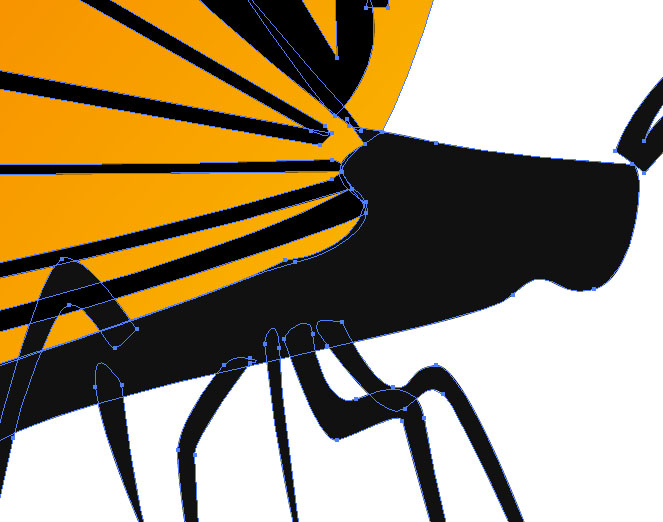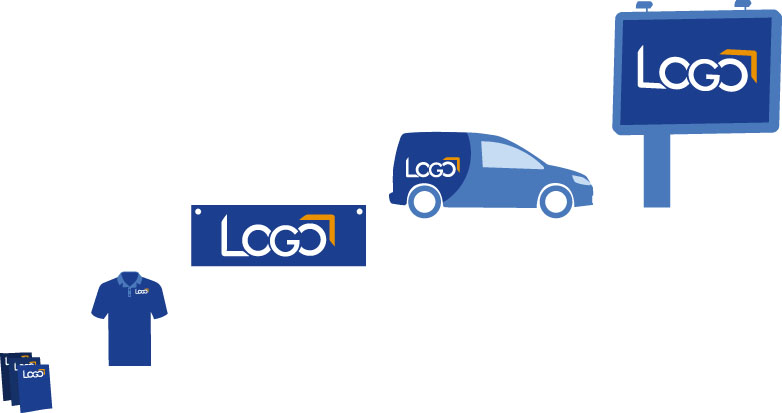What is a Vector File?
A vector file is the collective name for graphic images that can be enlarged and reduced indefinitely without loss of quality.
This is because these files are built from vectors instead of blocky pixels. Vectors are paths that consist of a starting and ending point with a line, wave, circle or other shape in between. The image below shows the difference between a pixel file (left) and a vector file (right).

Why can a vector file be adjusted without loss of quality?
If a vector file is enlarged (or reduced) the distance between the paths is recalculated and then adjusted in the correct proportion. Finally the paths will be filled with the corresponding colors. In this way a vector file can be enlarged or reduced infinitely without reducing the quality of the image. This way you can be sure that the file has the right proportions and sharpness, in whatever format you want to print it.

Counterpart of vector file: pixel file
A pixel file (such as a JPG or PNG) is the counterpart of a vector. The main difference between the two is that a pixel file becomes blocky when enlarged, while a vector file can be enlarged indefinitely without loss of quality. Many files you find on the internet are pixel files. And therefore (often) not suitable for printing.
What kind of vector files are there?
There are three types of files that are most commonly used.
If a logo or graphic needs to stay sharp even on a website, an SVG file is often chosen.
Why do I need a vector file?
Because a vector file stays sharp when enlarged, they are often required for printing. This is useful for the company where you have your flyers or company clothing made, for example. The printing company can scale your design without it becoming blurry. With a vector, your flyers (and all other types of printed materials such as posters and car stickers) will be razor sharp.
Don’t have the time or the desire to do this yourself? Then let a specialist, such as ViaVector, do it for you.
My vector file is blurry, how is that possible?
This can happen when a pixel file is saved as a vector file. Imagine you saved a logo as a PNG file. When you then save it as an EPS file, it looks like you now have a vector image. Unfortunately, it’s not that simple. The file type is now different, but your logo is still exactly the same.
For a true vector file, all pixels must be converted into vectors. This takes a little more time and effort, but then you have a file that is always of high quality. Don’t have the time to do it yourself? ViaVector will make sure you have a vector image within 24 hours! Click here for more information.
Questions?

Hi, I’m Annelies from customer service. Do you have any questions or comments? Please feel free to contact me using the form below. You will receive a response within 24 hours.
Last 3 blogs
There are several ways you can convert a JPG or PNG to a vector file. In this blog we explain how you can do this. We also indicate what the pros and cons are.
There are several ways you can convert a JPG or PNG to an SVG file. In this blog we explain how you can do this. We also explain the pros and cons.
There are several ways you can convert a JPG or PNG to an AI file. In this blog we explain how you can do this. We also indicate what the advantages and disadvantages are.







